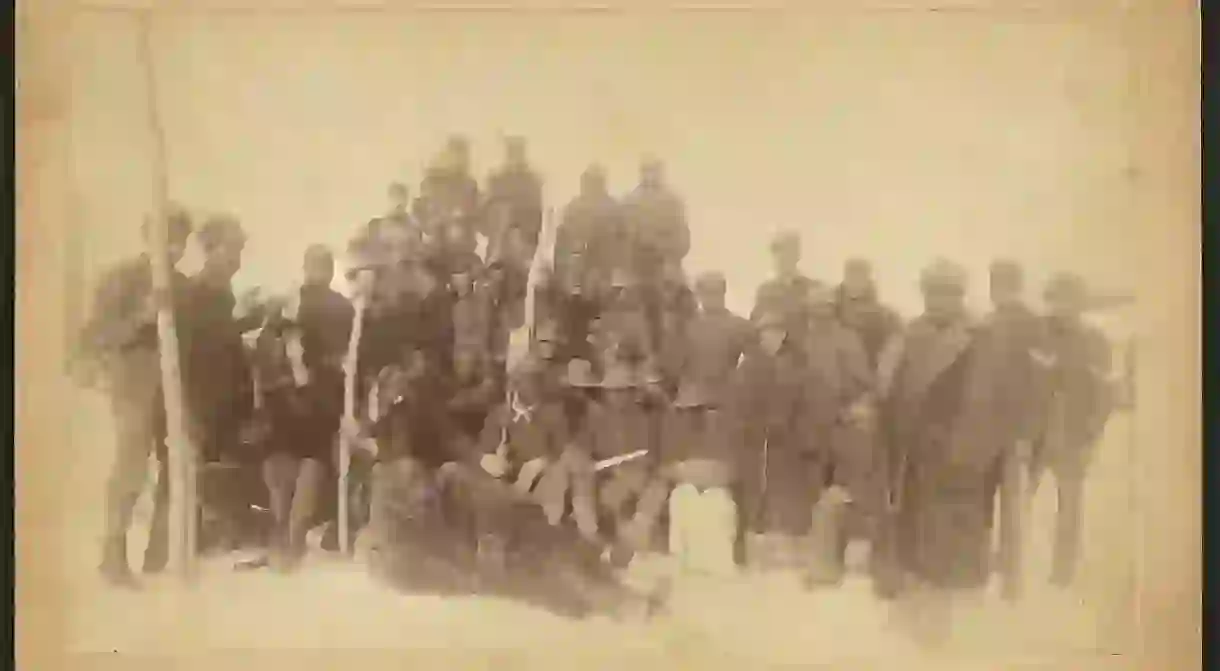What the First Black Woman in the US Army Had to Do to Enlist

When most people think of racially integrating the United States military, they think of African-American men enlisting, particularly during the First and Second World Wars. But did you know that a particularly intriguing African-American woman broke not just the racial but also the gender divide by sneaking into a United States Army regiment in the 19th century?
After the Civil War, Cathay Williams was at loose ends. A former slave, Williams’ wartime job was working as a cook and washer for the Union soldiers. Williams liked Army life, and set her sights on joining the Buffalo Soldiers – the first African-American peacetime army unit in the reconstruction-era United States.
The only problem? Women were not allowed to serve in the United States Army as soldiers, and Williams wanted to be a soldier. So, she went undercover.
Reporting to the 39th United States Infantry Company A in St. Louis, Missouri, Williams cleverly tweaked her own name, so that she was now “William Cathey” – a man joining the Army.

Her affinity for life in the Army wasn’t the only reason Williams decided to enlist. She was also struggling to figure out a way to support herself now that the war was over. Williams was not married, and thereby had to support herself without being able to rely on an income from a spouse. As a black woman in 1866, her opportunities to earn a decent wage were far and few between. The Army would pay significantly more than most any other job she could reasonably expect to attain.
It is remarkable that for years Williams was able to evade detection of her deception, despite living in close quarters with 75 men, and the routine presence of Army doctors. While on duty, she marched through Kansas and New Mexico, and “carried my musket and did guard and other duties while in the army,” she told the St. Louis Daily Times years later.
But the Army took its toll on Williams. She was hospitalized multiple times over the course of several years. Finally, a post surgeon discovered that she was a woman. She was discharged in October of 1868 for being “feeble” – and a woman.

Williams moved to Colorado, where she went back to washing and cooking. She got married to a man who stole from her, and applied for a disability pension (she claimed deafness, rheumatism, and nerve damage) which was rejected in 1891. Little is known about her life after that, and historians can only estimate her date of death as between 1892 and 1900.
Williams wasn’t trying to make a statement when she joined the Army, but make a statement she did. She proved that a woman could serve alongside with men, which many women of all races now do in the United States Army.













